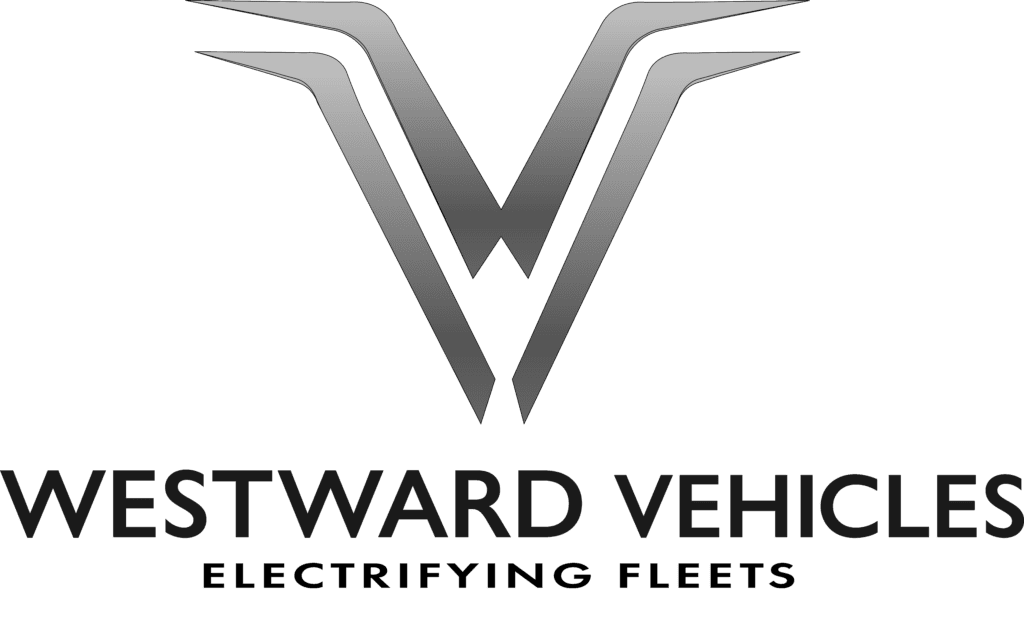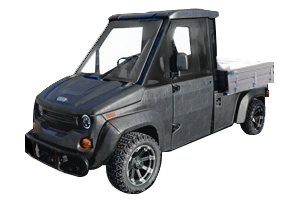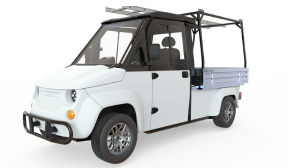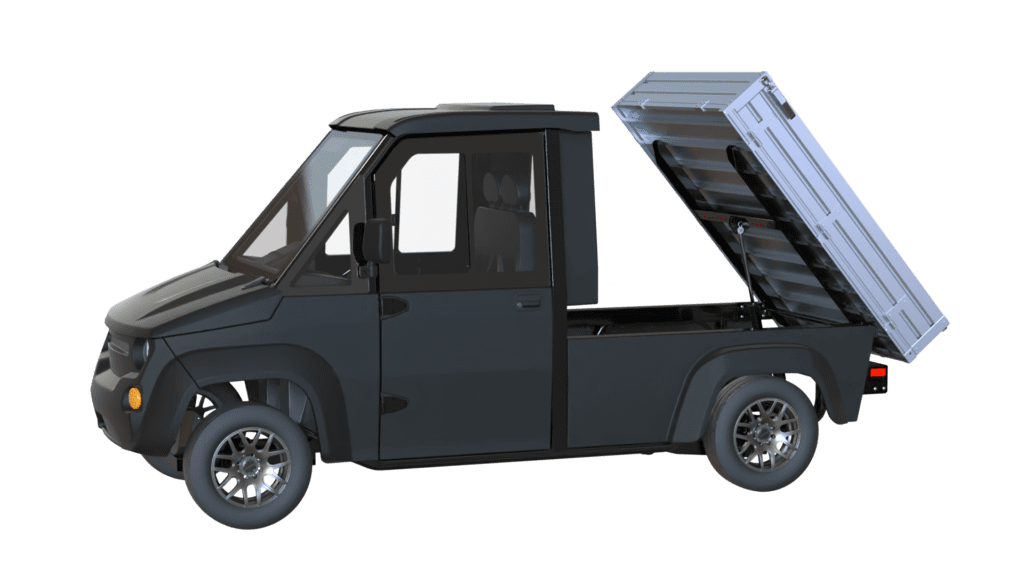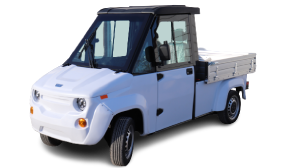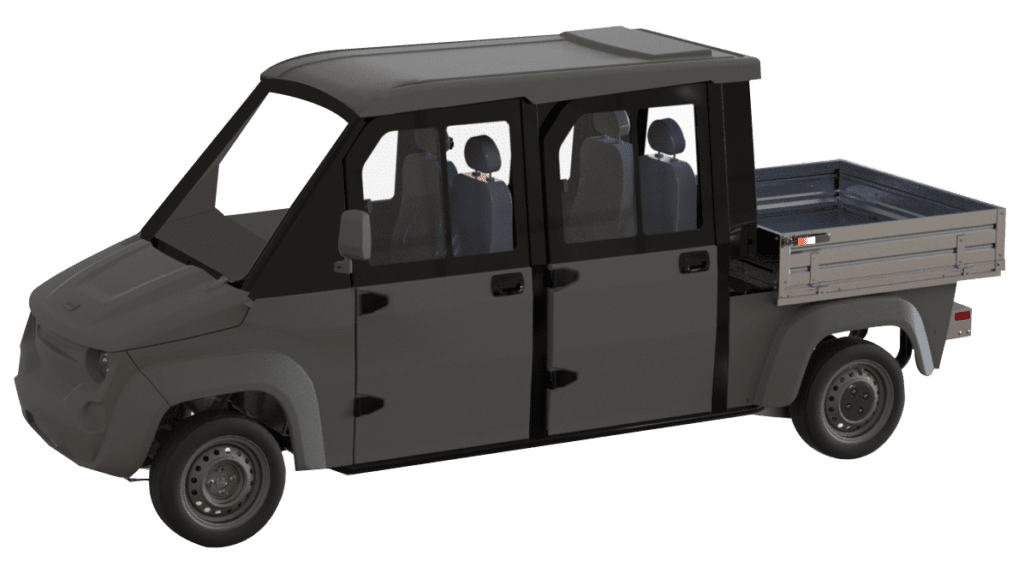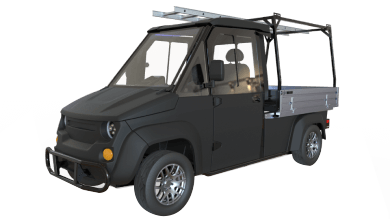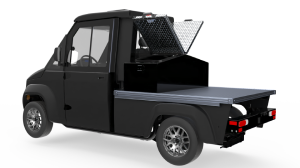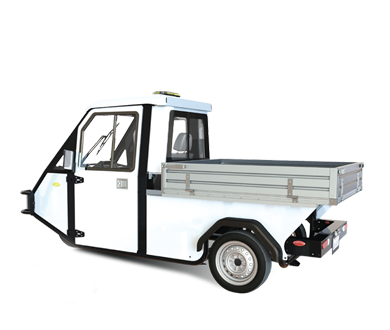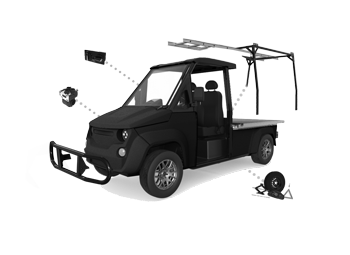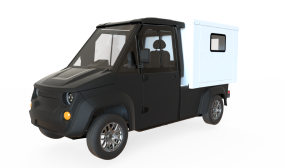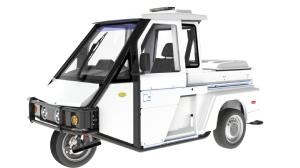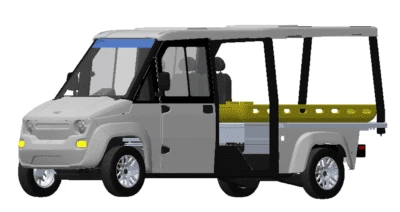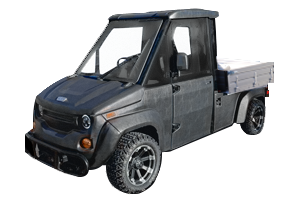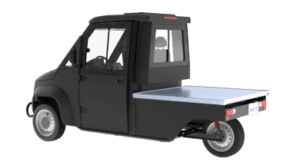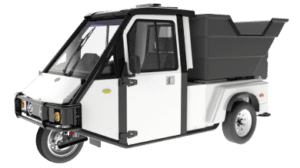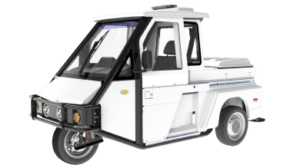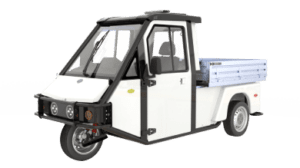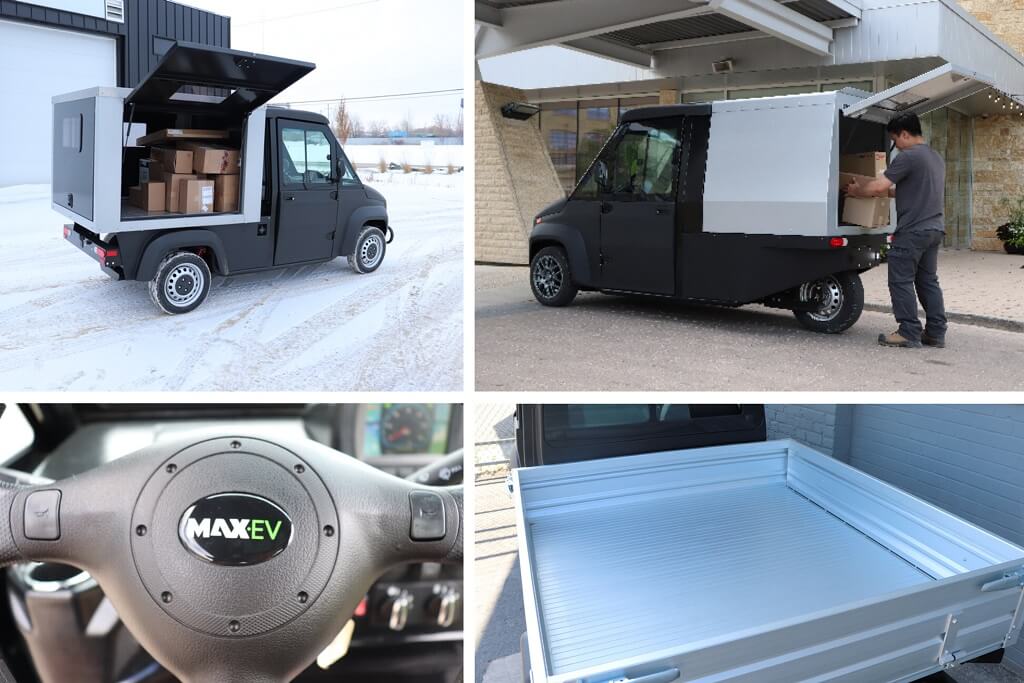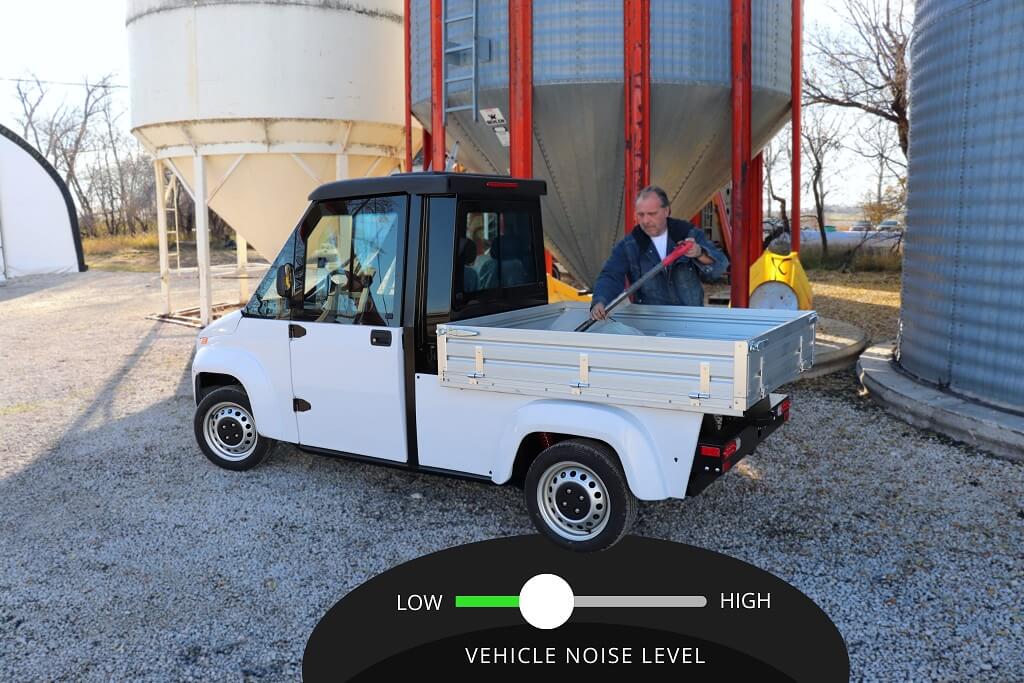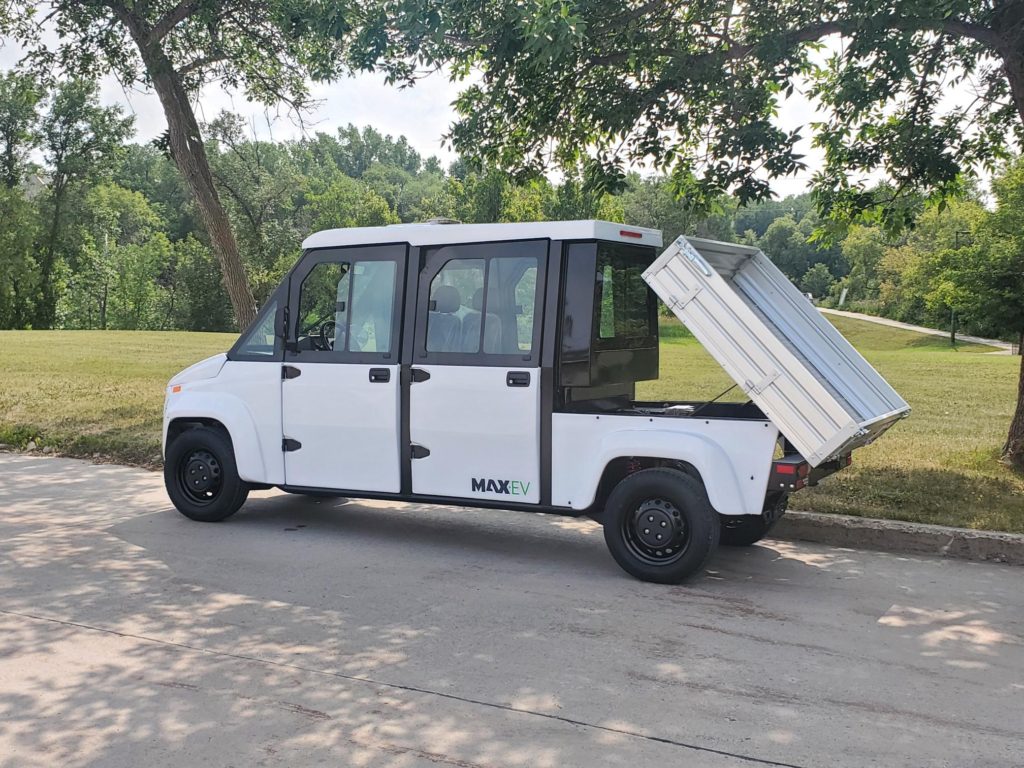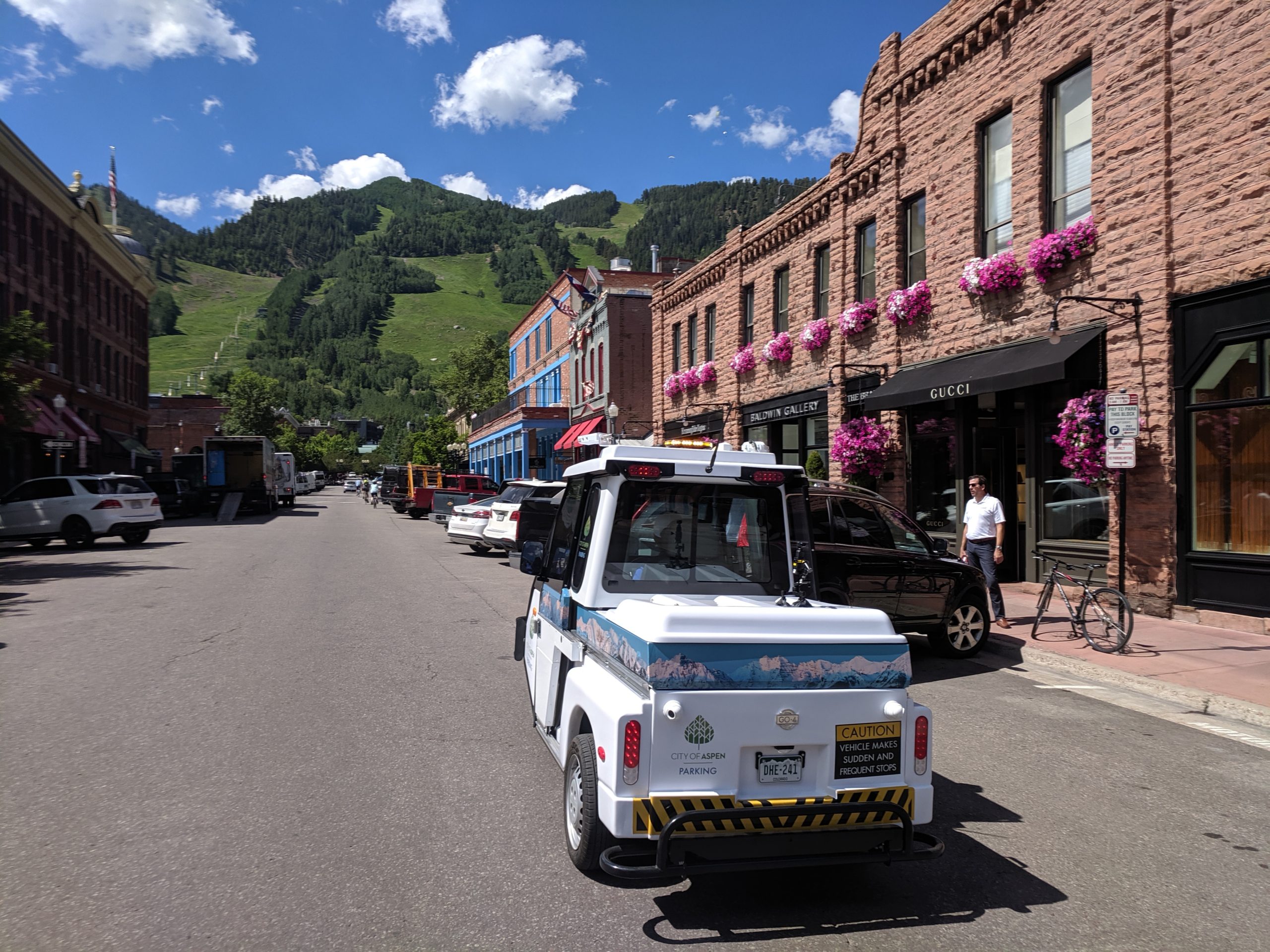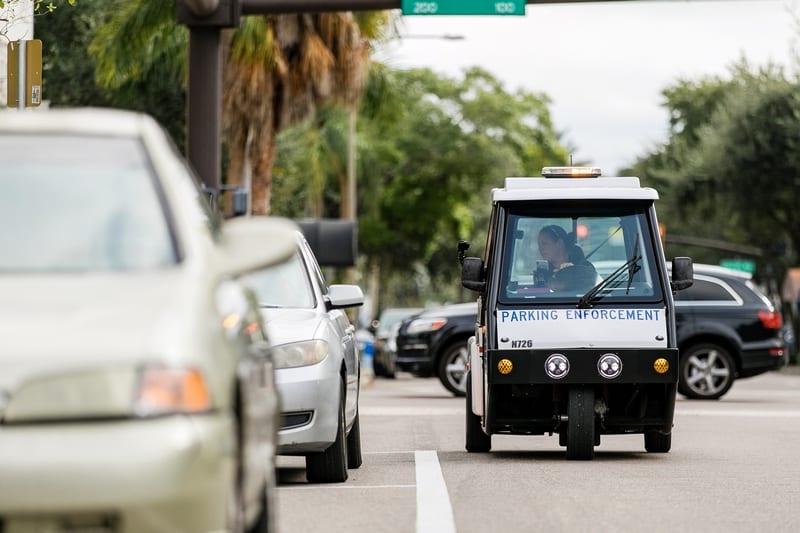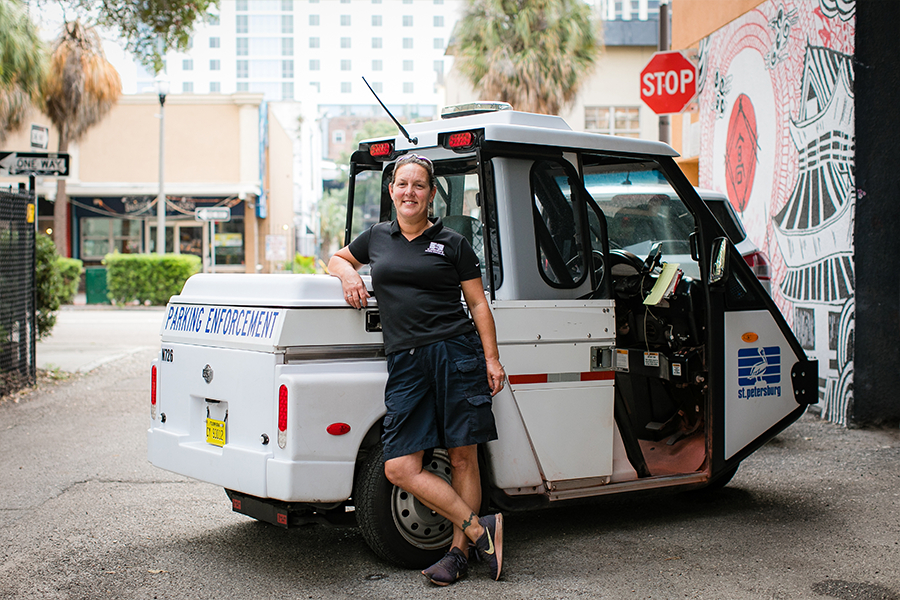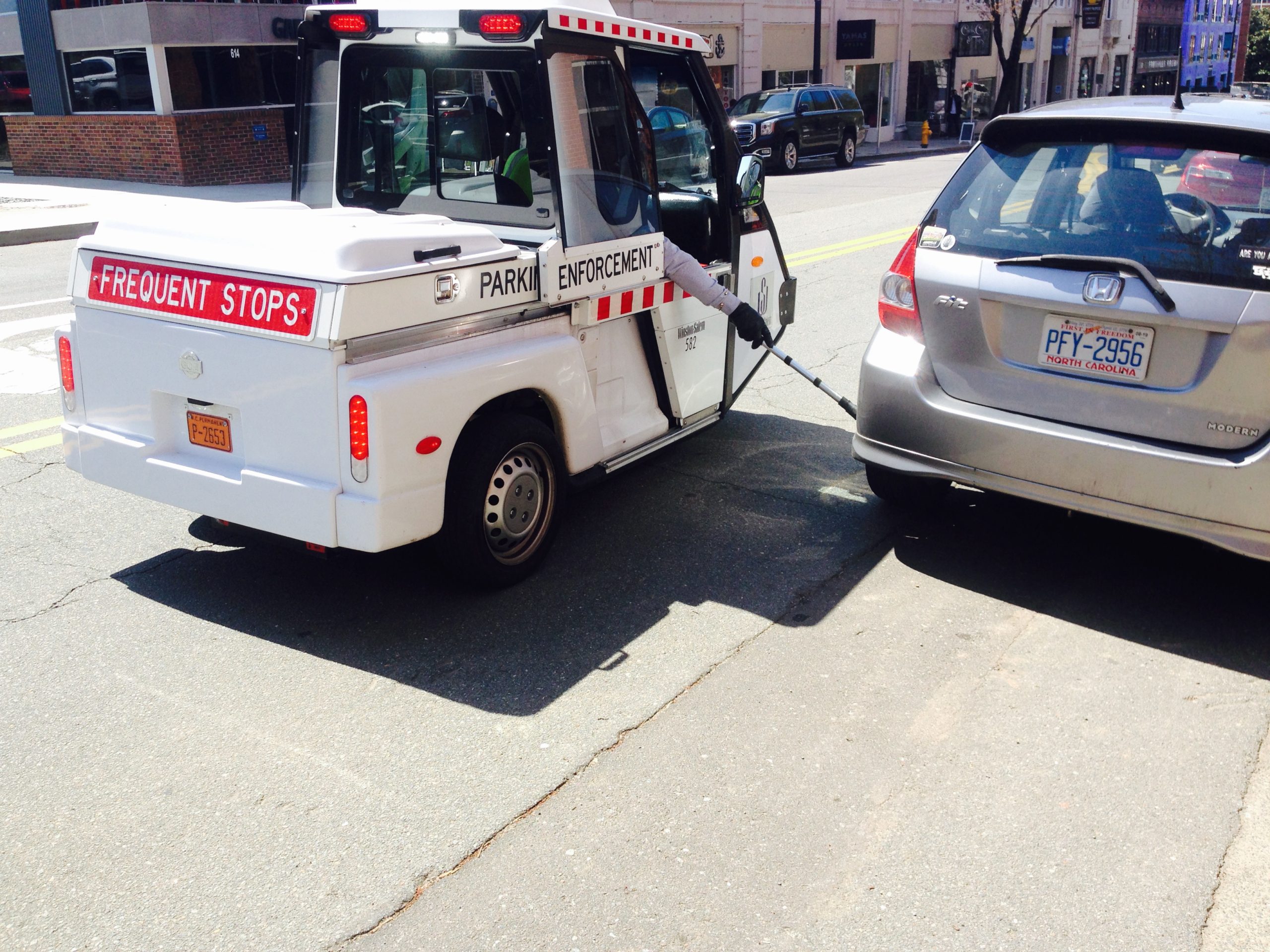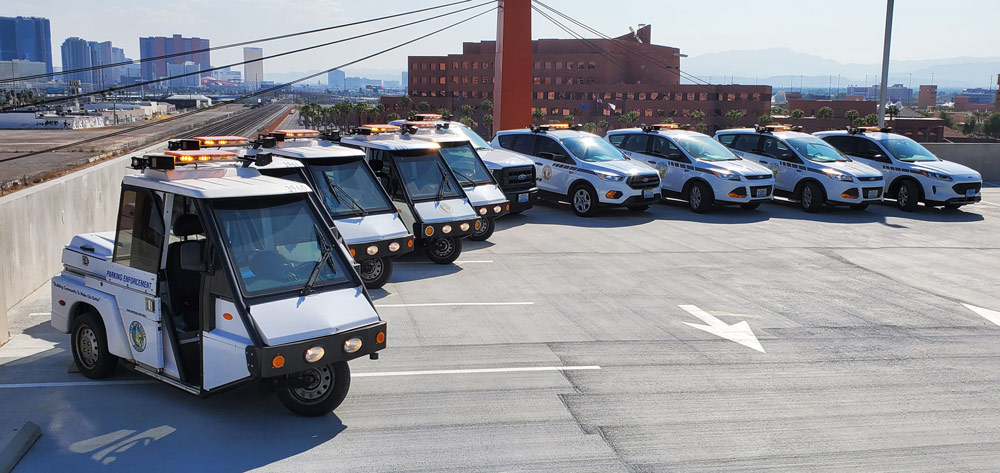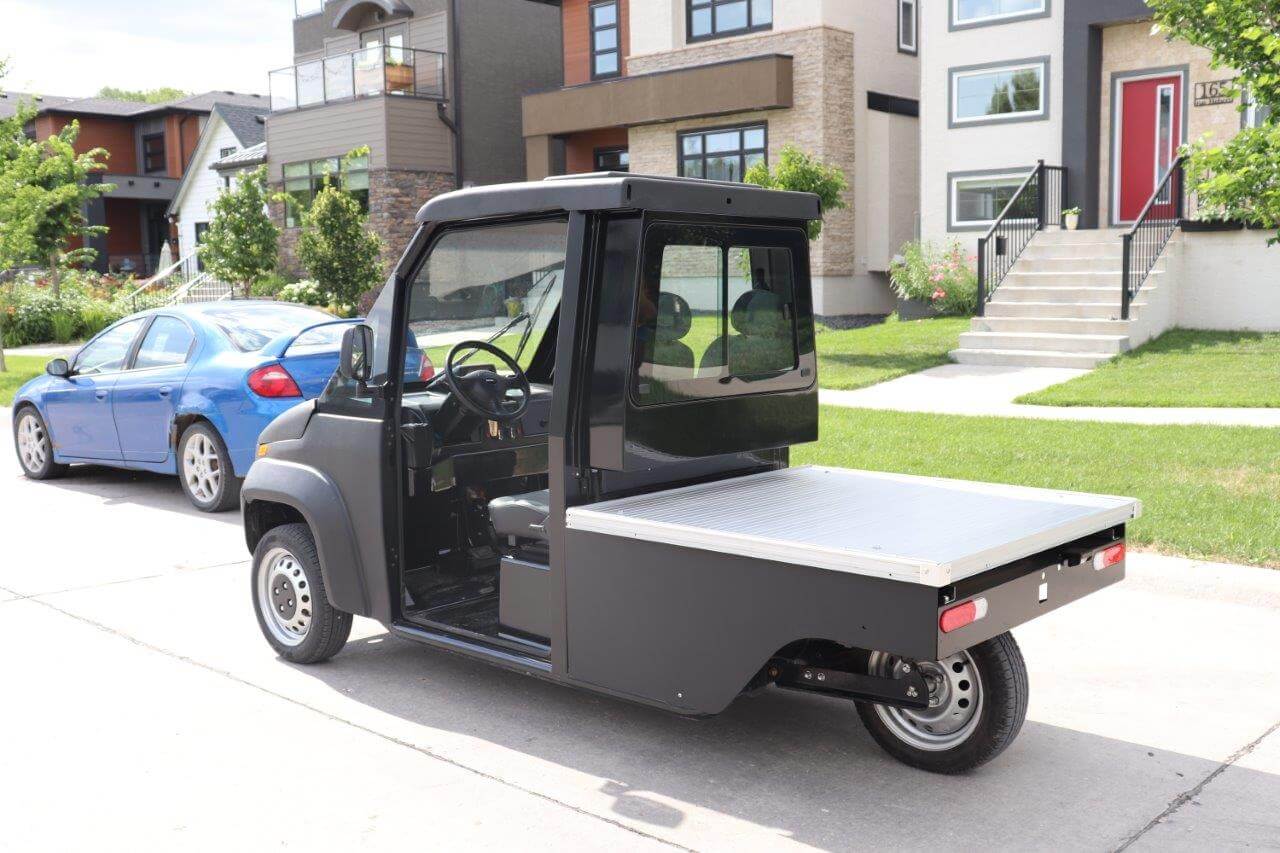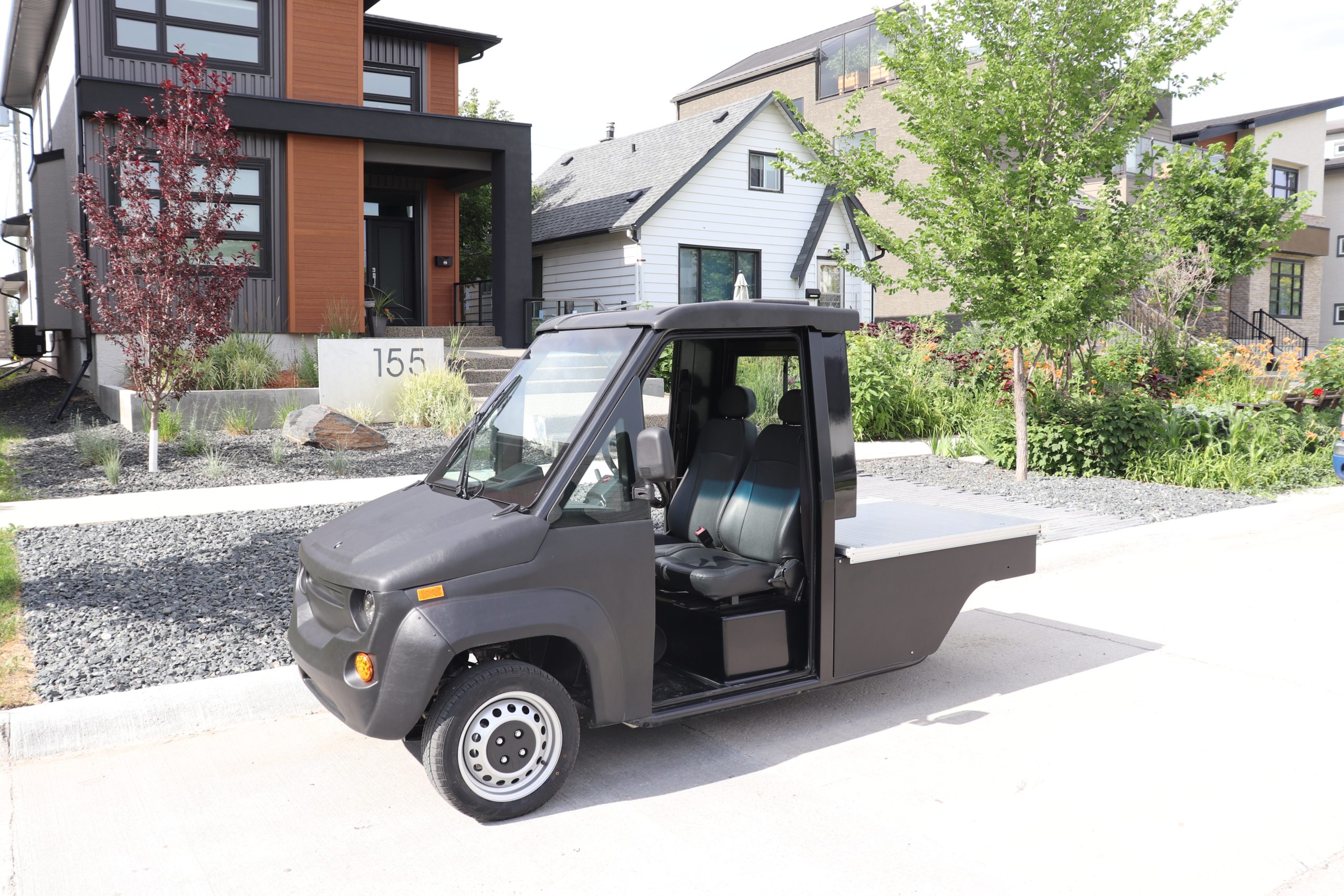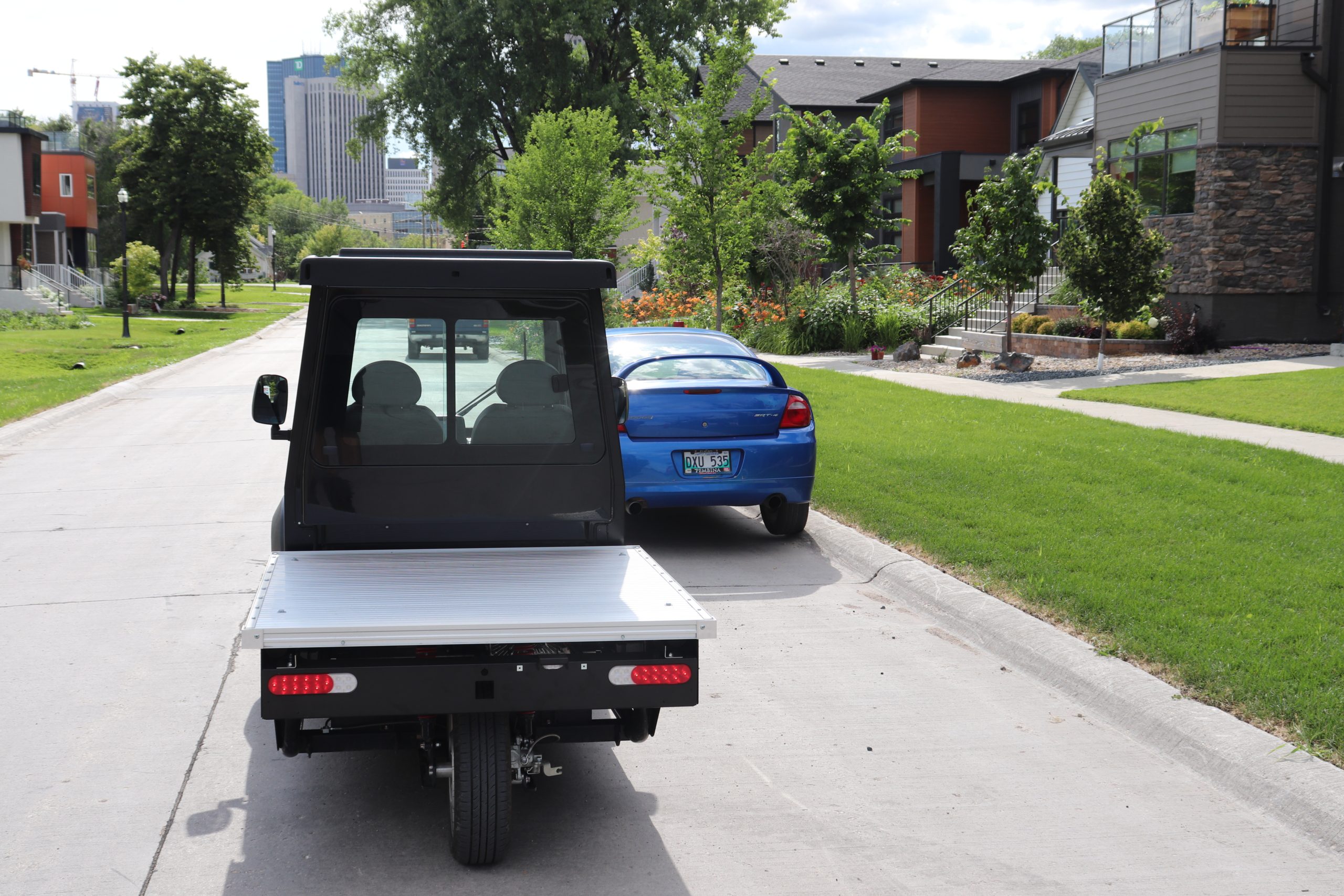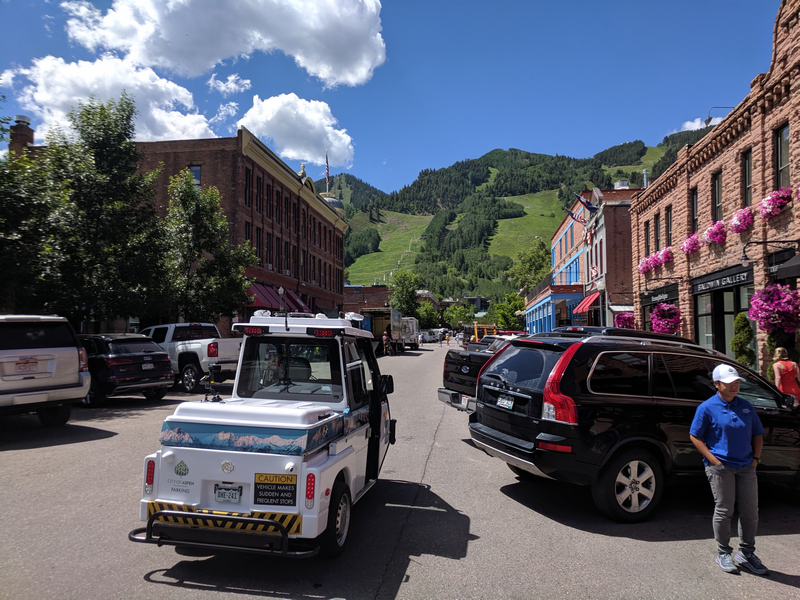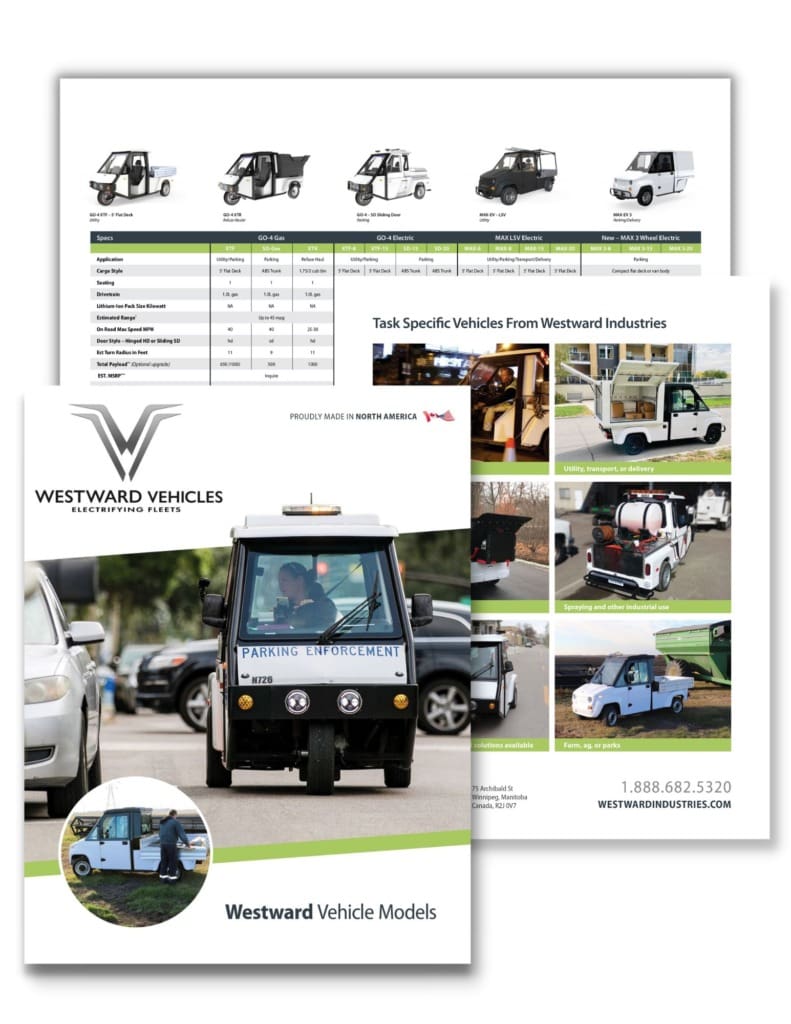Legal Classification and Insurance
LSVs have a specific legal classification that differentiates them from other vehicles and regular passenger vehicles. The National Highway Traffic Safety Administration, the US authority on vehicular safety, has unveiled precise guidelines for vehicles maneuvering around speeds of 25 mph. These directives categorize low-speed vehicles as ultra-efficient, four-wheeled automotive marvels with a gross vehicle weight rating below 3,000 pounds (1,400 kg) and an optimal speed range of 20 to 25 mph (32 to 40 km/h). This defines a new era of vehicular innovation, emphasizing safety and efficiency in a world increasingly focused on sustainable mobility solutions.
While LSVs are not a vehicle intended for highway use, some areas may allow them to be driven as off-highway vehicles and on certain roads with low speed limits. However, this depends on local regulations and the motor vehicle's ability to comply with vehicle safety standards.
In Canada, several provinces, including Quebec, Ontario, BC, and Manitoba, have either published well-defined classifications for LSVs or launched pilot programs. It is important to check with local Provincial requirements. Westward is proud to advise that the MAX-EV is approved and listed on the Quebec SAAQ registration, see https://saaq.gouv.qc.ca/en/road-safety/modes-transportation/low-speed-vehicle. Westward has passed all SAAQ seat pull tests and more. Multiple safety requirements are requested in this well-defined program.
For plating and tagging your LSV, please check with your local DMV or drivers licensing board. Typically, LSVs have specific plates to fasten on the rear of your low speed vehicle. Personal injury insurance and crash protection are commonly needed when operating LSVs. Because of their open design and lower speeds, the need for severe personal injury protection is reduced. However, following safety guidelines and adhering to the designated speed limits is essential to prevent accidents and ensure a secure ride. Needless to say, it is always imperative to buckle up when operating a motorized vehicle!
